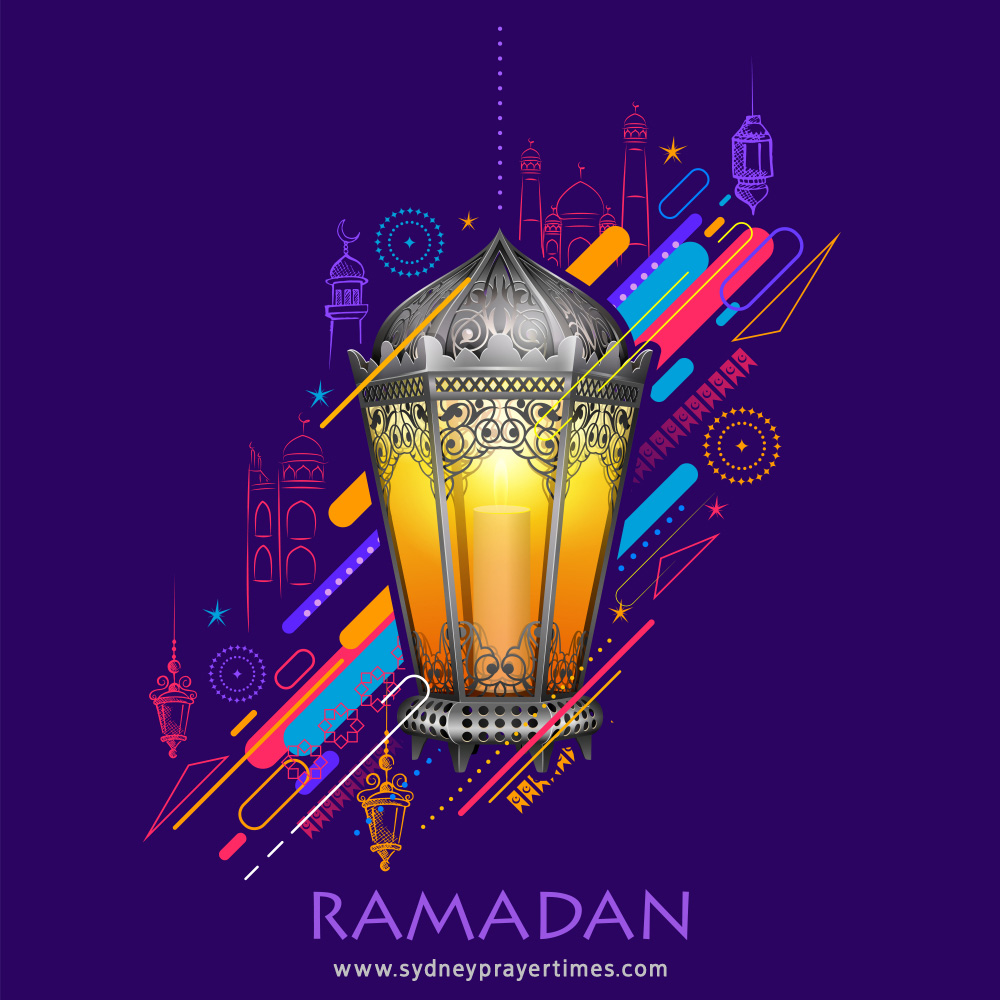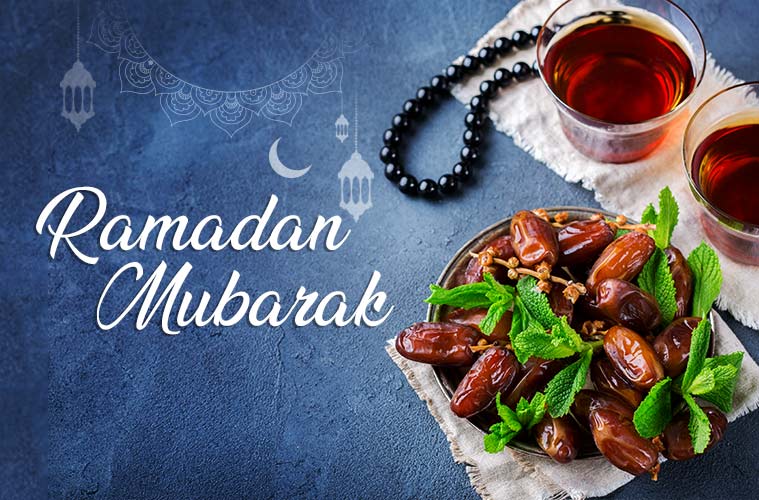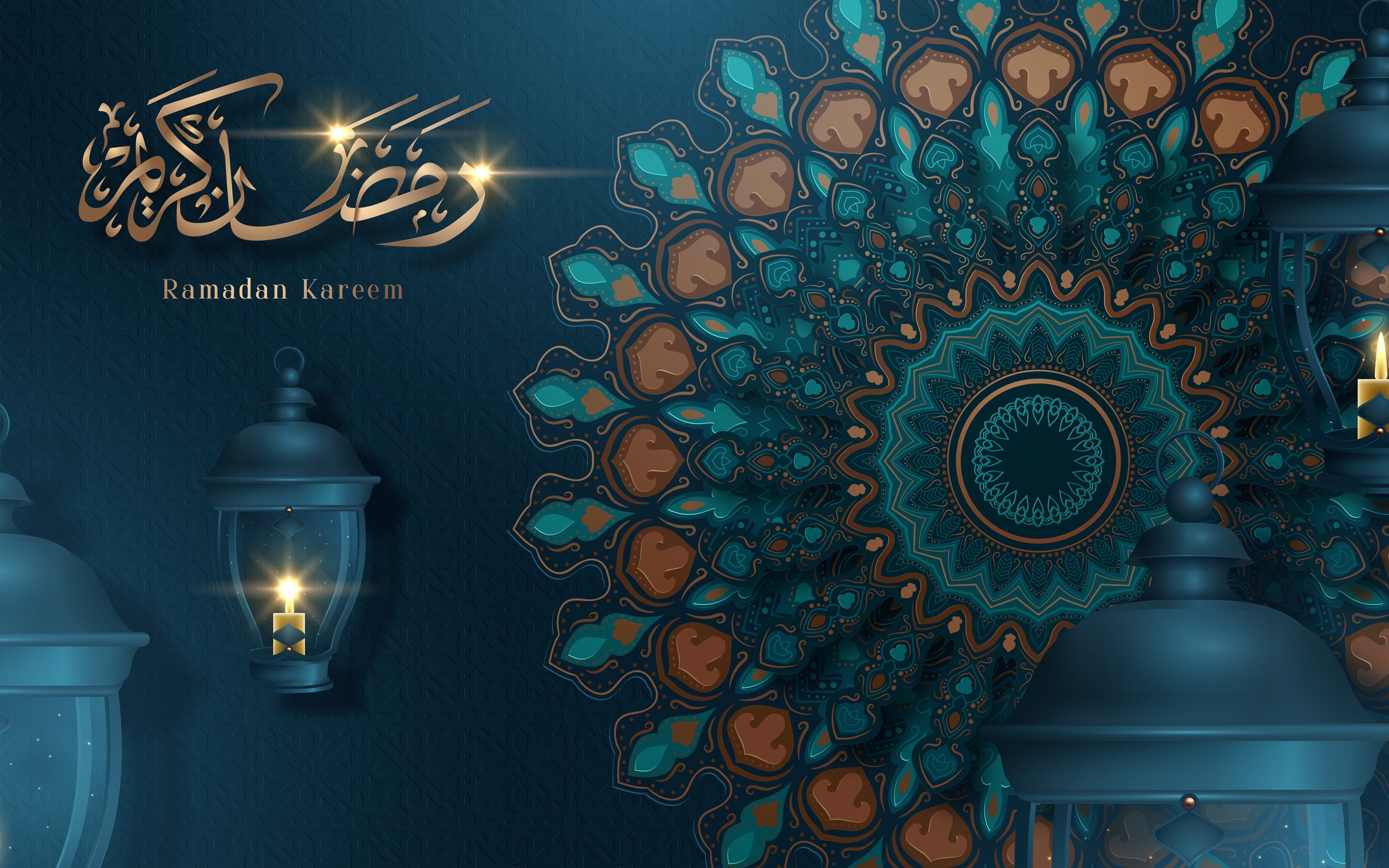

Since the Islamic calendar is a lunar-based calendar and is calculated from the evening of moon sighting, the dates for Ramadan keeps changing every year. The month of Ramadan concludes after 29 or 30 days and the festival of Eid (Eid Ul Fitr) is celebrated to mark the occasion. Muslims also recite the Holy Quran during the month of Ramadan. Muslims also try to do a lot of charity work during this month as it is believed that rewards to do a good deed will reap 70 times more benefits. In normal years, it is traditional for Muslims to gather together in a park to celebrate breaking their fast, with large-scale events and festival food (particularly sweet treats), prayer and stalls.Besides, the usual five-time prayers there are special late-night prayers organised called Tarawih (Taraweeh) during the month of Ramadan. Ramadan is expected to end on Sunday 1 May, which would mean Eid al-Fitr follows on Sunday 2 May.Įid al-Fitr’s name comes from an Arabic term which translates as the “feast of breaking the fast” and, although not a public holiday in the UK, it is for many Muslim countries. Ramadan literally means “scorching heat” in Arabic, and marks the month when the Quran is said to have been revealed to Prophet Muhammad by God via the archangel Gabriel in 610 AD. Those observing the fast are encouraged to read the Quran and the holy text is recited at the Tarawih, special nightly prayers that are held throughout the month.

Glasgow: (22 minutes later, 40 minutes later).Cardiff: (13 minutes later, 12 minutes later).


Bradford: (9 minutes later, 8 minutes later).Birmingham: (8 minutes later, 6 minutes later).UK variations relative to London (Time Fast Begins, Time Fast Ends).The start and end dates are contingent on the moon sighting which signifies when Ramadan begins, which is this year expected to be Friday 1 April, while the timings apply to London:īecause of the varying times of sunrise and sunset across the rest of the UK, it must be noted that there are variations in timing depending on location.įortunately, the charity Muslim Hands offers this following helpful guide to adjust the fasting timetable to apply to where you are: Here are the key timings day-by-day for Fajr and Maghrib – when the fast begins and ends – in London for the Muslim holy month. The fast isn’t broken until sunset with the Iftar meal, which precedes the Maghrib, the fourth prayer of the day.īecause the days will gradually increase in length, the fasting period becomes progressively more challenging as worshippers near the end of the holy month, and the celebration of Eid al-Fitr.īut while the fast will be almost two hours longer at the end of this year’s Ramadan than its first day, there is the consolation that it falls almost two weeks earlier than last year’s festival, with shorter days as a result.īoth the Central London Mosque and the East London Mosque have compiled Ramadan timetables, which give worshippers in the capital all the information they need to observe the fast correctly. The SalatĮvery day of Ramadan, Muslims eat the pre-fast meal called the Sahoor, which is take before sunrise and culminates with the day’s first prayer, the Fajr. Indonesian Muslims prepare food ahead of breaking their fast in 2016 (Photo: Getty Images) When are the Suhoor and Iftar?ĭuring Ramadan, the Salat (daily prayers) take on increased significance, both because the holy month is considered a time of reflection and purification and also because they shape the hours of the fast. It lasts between 29 and 30 days, until the sighting of the next crescent moon marks the end of the holy month and the arrival of Shawwal, the tenth month of the Islamic Hijri calendar. This year, Ramadan is expected to start on Saturday 2 April, although it could come a day later if the moon isn’t sighted.


 0 kommentar(er)
0 kommentar(er)
